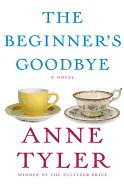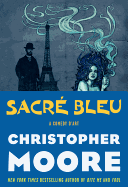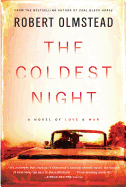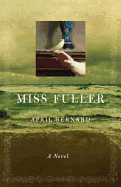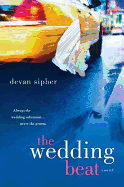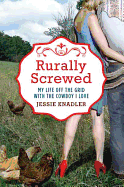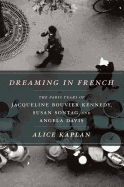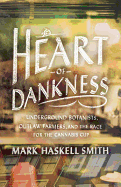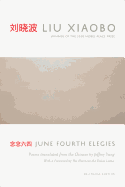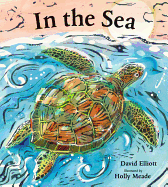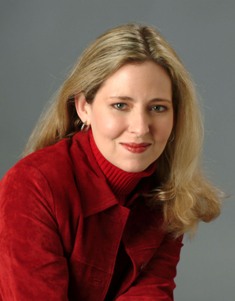 Out of Sight, Out of Time (Disney/Hyperion), marks author Ally Carter's fifth (and penultimate) novel in her Gallagher Girls series, set at a boarding school where young women train to be spies. The first book, I'd Tell You I Love You, but Then I'd Have to Kill You in 2006, was published in 2006, and the series now has more than 1.8 million copies in print. Out of Sight finds heroine Cameron Morgan coming to in a convent in the Alps, with no memory of her kidnapping by the Circle of Cavan, the terrorist organization from which she'd been trying to protect her friends and family. We talked with the author about what it's like watching Cammie mature, and what teens and spies share in common.
Out of Sight, Out of Time (Disney/Hyperion), marks author Ally Carter's fifth (and penultimate) novel in her Gallagher Girls series, set at a boarding school where young women train to be spies. The first book, I'd Tell You I Love You, but Then I'd Have to Kill You in 2006, was published in 2006, and the series now has more than 1.8 million copies in print. Out of Sight finds heroine Cameron Morgan coming to in a convent in the Alps, with no memory of her kidnapping by the Circle of Cavan, the terrorist organization from which she'd been trying to protect her friends and family. We talked with the author about what it's like watching Cammie mature, and what teens and spies share in common.
How did you get the idea for Gallagher Academy?
I was watching an episode of Alias on TV one night, and I had the sound on mute. I thought I was seeing a flashback of when they were at a boarding school studying to be spies. I misunderstood what I was seeing, but I thought, "I need to write that book."
For Cammie, spying is a family business. Her mother is headmistress at Gallagher Academy, her father is kidnapped for his work as a spy--even her aunt is a Secret Service agent. How did that aspect enter the story?
I do tend to write about girls in family businesses. Heist Society features a girl raised in a family of con men and art thieves. I myself was raised on a cattle farm in Oklahoma. I was used to being the only girl at the table from a very young age. You've got a job, and you've got to carry your weight in this business. It's no surprise to me that I come back to that theme.
Did you map out the entire series ahead of time?
I knew I wanted to do a series when I wrote I Love You.... I thought I might initially do three books. Then, in writing that first book, I realized it would likely only cover one semester. So from that point on, I knew I was going to do six books, but I didn't know exactly what would happen in each and every book.
You lay out several mysteries that grow more complicated as the series continues. With the unfolding of those mysteries we also get a sense of the complexities of growing up.
I knew that Cammie's missing father would be the biggest overarching question. Some of the more specific things, like the Circle of Cavan coming after her, didn't come up until the third book. I've been lucky. I'm not the kind of person who can plot out six books at a time. Each took many, many drafts to get that one book just right.
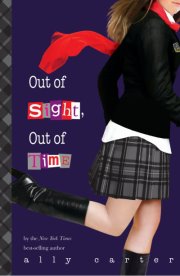 Yet each book could also stand alone. Is it difficult to figure out how much back story to include?
Yet each book could also stand alone. Is it difficult to figure out how much back story to include?
It's a goal always that readers could pick up any of the books and not feel lost. You want to make sure you don't overwrite for those who know the books. The things that Cammie's still wondering about are, hopefully, the things readers also review for themselves. I think that's an advantage of first-person narration. Readers always ask, "Why don't you tell us what happened to her dad?" But your readers can never know things that your character doesn't know.
There's a quote from Cammie in this book that seems applicable to the entire series: "As a spy, sometimes the biggest lies we tell are to ourselves."
Cammie's kidnapping put her career on fast-forward. At 17, she has dealt with things most operatives wouldn't deal with until age 30. But I also think it's something teens can relate to. Teens lie all the time: "I don't care what they think of me," and "I'm okay if he doesn't like me back." It's part of life. They try to alter or soften so many of the blows they're dealt.
The Gallagher Girls series came of age as Americans were coming to grips with terror on our own shores. Did that influence the books' development at all?
I was very aware of what was going on in the world, but I didn't want the books to be overly political or time-sensitive. At its core, reading is escapism. I wanted to make sure it dealt with the classic struggle of good versus evil, but I didn't want that evil to be too specific.
And as your books demonstrate, the greatest evil is betrayal by those you thought you could trust.
Teenage girls are acutely aware of that kind of betrayal. --Jennifer M. Brown, children's editor, Shelf Awareness
Ally Carter: Why Teens Can Relate to Spies
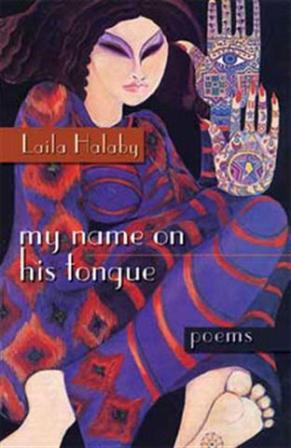 Since that long ago summer when the late Joe Bolton taught me how to read, understand and spill poems, I have channeled my writing (and reading): poetry for the more immediate stories, those that demand raw descriptions, shouts, moans, or riotous giggling; short stories or novels for the more drawn-out tales, those that need deeper exploring. my name on his tongue is a memoir in poems, a series of tiny stories, a collection of heartbeats and snapshots, and an homage to a teacher who unlocked the door to a rich and necessary world. --Laila Halaby
Since that long ago summer when the late Joe Bolton taught me how to read, understand and spill poems, I have channeled my writing (and reading): poetry for the more immediate stories, those that demand raw descriptions, shouts, moans, or riotous giggling; short stories or novels for the more drawn-out tales, those that need deeper exploring. my name on his tongue is a memoir in poems, a series of tiny stories, a collection of heartbeats and snapshots, and an homage to a teacher who unlocked the door to a rich and necessary world. --Laila Halaby


 Out of Sight, Out of Time (Disney/Hyperion), marks author
Out of Sight, Out of Time (Disney/Hyperion), marks author  Yet each book could also stand alone. Is it difficult to figure out how much back story to include?
Yet each book could also stand alone. Is it difficult to figure out how much back story to include?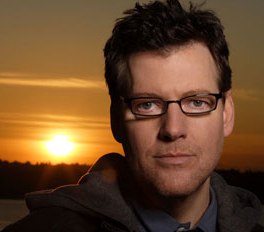 I often wonder what my neighbors think of me.
I often wonder what my neighbors think of me.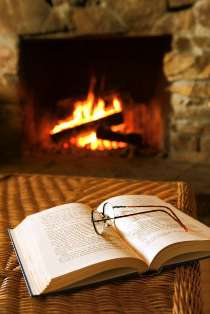 unless it is a very small glass
unless it is a very small glass